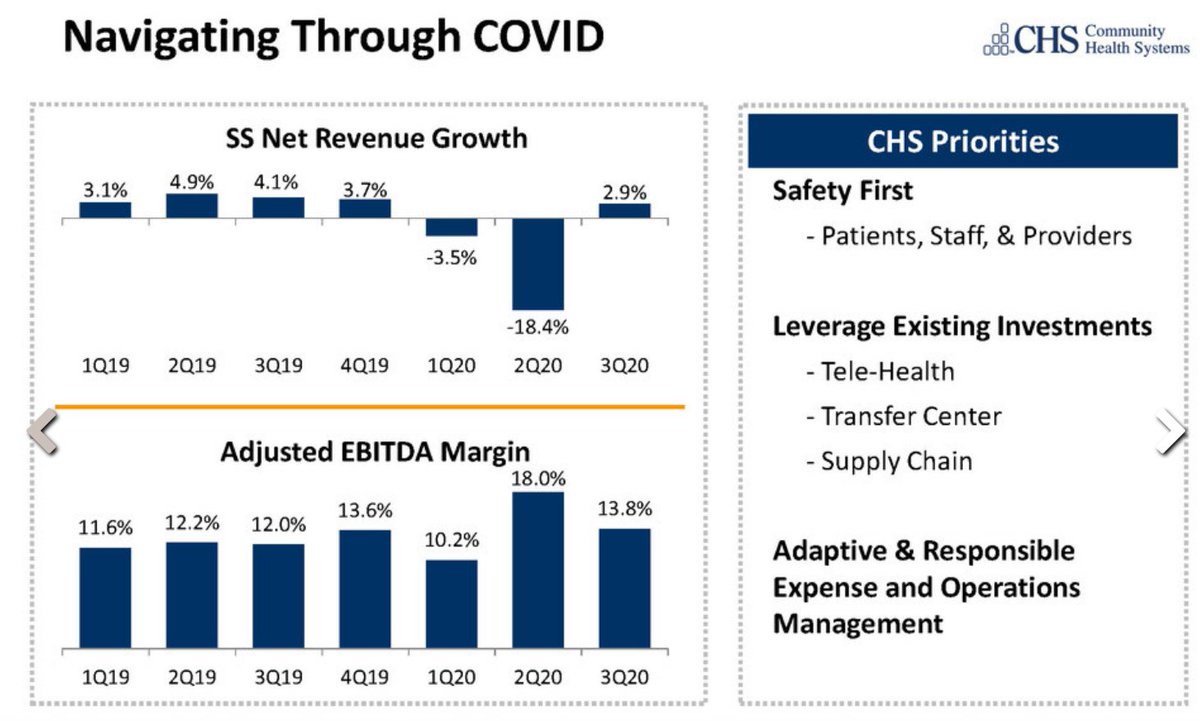
Kaiser Permanente's CEO sent a member email this morning which suggests that - even w/ ample supply - KP will not be able to vaccinate all of its adult members until the Spring or Summer of 2022.
At this point, relying on big health systems looks like the definition of insanity.
At this point, relying on big health systems looks like the definition of insanity.

To clarify, KP says it has 9.3M members in California, of whom 75-80% are prob over 16, given CA's population structure.
Administering ~200K doses/week means 70 - 75 weeks to fully vaccinate 7 - 7.5M patients. Not even close to fast enough, even if they hit that pace on Monday.
Administering ~200K doses/week means 70 - 75 weeks to fully vaccinate 7 - 7.5M patients. Not even close to fast enough, even if they hit that pace on Monday.
Another way to look at this:
KP has ~12.4M members nationwide, or ~3.8% of the U.S. population, and they are *planning* to administer ~200K doses per week.
Extrapolate, and KP is apparently shooting for roughly half of the daily goal @JoeBiden has established for the country.
KP has ~12.4M members nationwide, or ~3.8% of the U.S. population, and they are *planning* to administer ~200K doses per week.
Extrapolate, and KP is apparently shooting for roughly half of the daily goal @JoeBiden has established for the country.
FWIW, a @kpthrive spokesman separately told @CalMatters yesterday that they have the capacity to administer "up to 250,000 [doses] per week."
Still probably less than half the necessary pace.
calmatters.org/health/coronav…
Still probably less than half the necessary pace.
calmatters.org/health/coronav…
• • •
Missing some Tweet in this thread? You can try to
force a refresh












